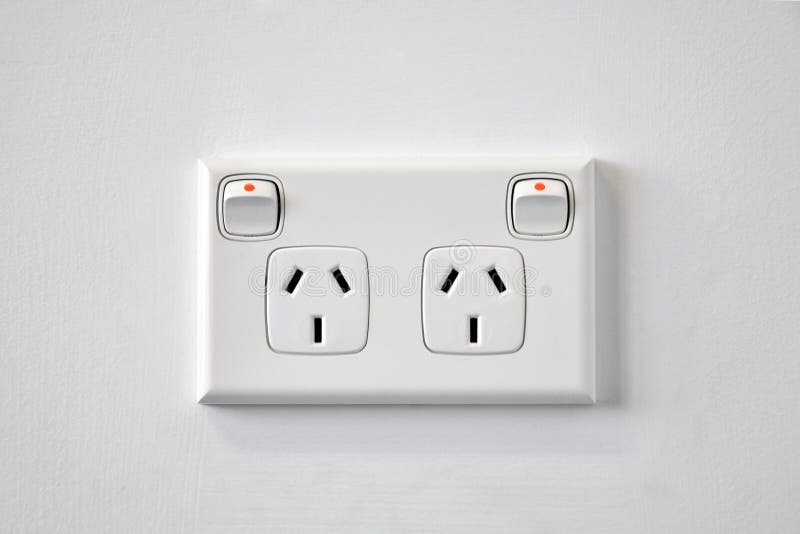A design team should be “user” driven and frequent contact with potential users is essential. To understand how a product, service or system may be used, the designer must consider the prior knowledge and experience of the users, as well as their typical psychological responses. Evaluation methods that utilize appropriate testing and trialling strategies must be used to determine these aspects
Designers must consider the limits of population stereotypes. Through recognizing these limits, the designers can critically assess the appropriateness of their product in relation to those who will use it.
- Usability is how well a human-made product (tool, machine, webpage, a system or process) can be effectively (completely and accurately) and efficiently (fast and with minimum effort) used by users.
- It functions in a predictable and consistent way.
- The human-made product can be considered intuitive, pleasant, enjoyable to use, prevents user errors or if errors occur then the user can easily recover.
From the ISO … Usability is concerned with “the extent to which a product can be used by specified users to achieve specified goals with effectiveness, efficiency and satisfaction in a specified context of use” (ISO 9241-11, 1998)
Usability objectives
Usefulness
- Once users have learned the design, how quickly can they perform tasks?
- Efficiently – fast and with minimum effort
Effectiveness
- Use the design completely and accurately
- Prevents errors
- User can recover if errors occur.
Learnability
- It is the ease at which the user can learn to use a product?
- The intuitiveness to use a product, service or system design.
- How easy is it for users to accomplish tasks the first time they encounter the design?
- Memorable – when the user returns they do not have to re-learn how to use it.
Attitude
- Satisfaction or likability when the client uses or interacts with the product, service or system design.
- How pleasant is it to use the design?
Enhanced usability
Benefits of enhanced usability include:
- improved product acceptance
- improved user experience
- improved productivity
- reduces user error
- reduces the need for training and support
Characteristics of good user-product interfaces
Characteristics of good user-product interfaces (is the space where a user and machine interact) include:
- Simplicity – simple design allows for clarity on how the design can be used such as an iPod interface.
- Ease of use – iPod interface has limited menu items that are easily and quickly accessed.
- Intuitive logic and organization – Novice users of a product should be able to learn all its basic functions within one or two hours.
- However, many products are full of confusing detail and are difficult to learn. This can lead to incomplete use of the product’s functionality and frustration for the user.
- Instruction manuals are often poorly written and poorly organized.
It is difficult for the designer of a product to distance him/herself from the product and look at it through the eyes of the prospective user. Reinnovation of a product often involves adding features to the basic design rather than redesigning the user–product interface from scratch, and this can result in a disorganized interface. It is important to consider necessary
and desirable features, not ones that increase complexity without enhancing usefulness for most users.
- Low memory burden – the user does not need to have to memorise many features, how to use it, etc.
- Do not have to relearn functions. Poor organization of a product imposes a memory burden on users, who have to learn and remember how the various functions work.
- This results in them not using the full functionality of a product but focusing on a limited set of features and ignoring those that are difficult to remember.
- Thinking about how intuitively the product features can be accessed by users can reduce memory burden and make the product more user-friendly.
- Visibility – Controls should be visible and it should be obvious how they work.
- They should convey the correct message, for example, with doors that need to be pushed, the designer must provide signals that indicate where to push.
- Feedback – Feedback is the provision of information, for example, an audible tone to a user, as a result of an action.
- The tone on a telephone touchpad or the click of a key on a computer keyboard provides feedback to indicate that a key has been pressed.
- The “egg timer” icon on a computer screen tells the user that an action is being undertaken.
- Affordance – Affordance is the property of an object that indicates how it can be used.
- Buttons afford pushing, and knobs afford turning.
- On a door, handles afford pulling, whereas push plates afford pushing.
- Consider how the use of a handle on a door that needs to be pushed open can confuse users, and how in an emergency this might impact on safety considerations.
- Mapping – Mapping relates to the correspondence between the layout of the controls and their required action.
- For example, the layout of the controls on a cooker hob can take advantage of physical analogies and cultural standards to facilitate a user’s understanding of how it works.
- Constraints – Constraints limit the way that a product can be used.
- The design of a three-pin plug or a USB (universal serial bus) device ensures that they are inserted the correct way.
- This reduces or eliminates the possibility of a user making errors.
The user–product interfaces of many electronic products are extremely complex rather than being intuitive and easy to use. Products with intuitive and easily accessible interfaces are likely to be more popular with consumers.
Population stereotypes
A stereotype is when a person is catorgerised into a population based on culture, class, gender, etc. This allows assumptions and associations on how that particular stereotyped population may, react in a situation, dress, use of products, aesthetics, values and so on.
- White is Western culture symbolizes, purity, elegance and peace. Brides often where white wedding gowns. In Asian cultures white represents, death, mourning or bad luck. Traditionally white is worn at funerals.
- A short list of different traditional wedding dress colors.
- This has implications on color selection and aesthetics.
- In Australia and China, to turn a light switch it is flipped down. In the USA it is flipped up.
- This has implications of standardization of products.
- In Australia and China the difference int he orientation of a 3 pin electrical wall socket is another example.
Advantages and disadvantages of using population stereotypes for designers and users.
Advantages:
- Allows you to form assumptions and associations about of a group of people. D
- Judgements and decisions can be made quickly. D
- Possibly predict the behavior or possible use of a product or system. D & U
- The user needs and behavior can be identified and thus usability considerations are met. U
Disadvantages:
- Assumptions and associations of a particular stereotype may not fit all people of that population. D
- Judgements and decisions could be incorrect. D
- Not all people who ‘look alike act/think alike’ there fore behavior or way a product was intended to be used may be wrong. U & D
International Mindedness
Population stereotypes based on cultural expectations contribute to human error and designers must consider this when designing good user-product interfaces.
At the beginning of this video he makes mention of global designing.
Sample Questions
Identify three characteristics of good user–product interfaces.
Explain the disadvantages of user–product interfaces that are not well organized and cannot be learnt intuitively and remembered easily.
Discuss the impact of memory burden on the user-friendliness of a product.
Explain why it is difficult for designers to develop simple intuitive user–product interfaces.



